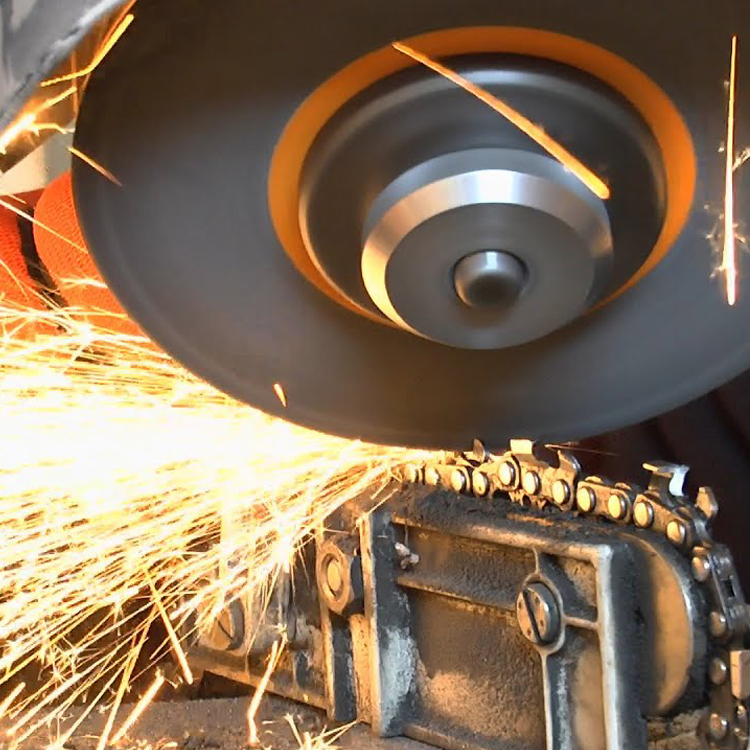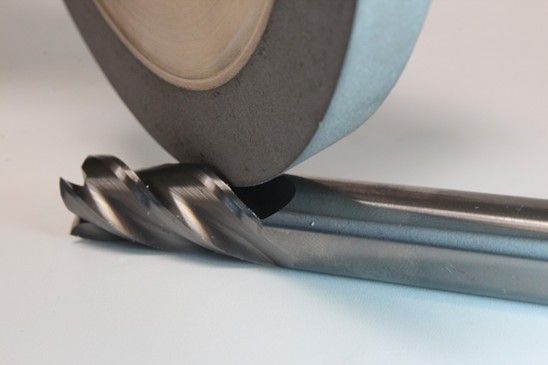Grinding is an essential process across various industries, but it can be accompanied by significant costs. In order to optimize production and improve profitability, businesses must explore ways to reduce grinding costs effectively. This blog will delve into the twin strategies of reducing grinding time and minimizing materials used for grinding, ultimately aiding in the quest for enhanced efficiency and cost-effectiveness.
Moreover, investing in high-quality grinding stones or wheels can significantly enhance grinding speed. Abrasive materials with superior wear resistance and cutting properties can facilitate swifter material removal rates, thereby reducing the overall grinding time. Additionally, regular maintenance of grinding equipment, such as wheel dressing, can prevent unnecessary downtime and ensure optimal performance, thus maximizing productivity while reducing costs associated with prolonged grinding sessions.
Furthermore, adopting precision measurement systems and monitoring devices can help control the amount of material used during the grinding process accurately. By ensuring minimal excess material applied, manufacturers can achieve cost savings while maintaining the desired level of precision. Additionally, implementing recycling initiatives for grinding by-products, such as spent abrasive grains or coolant, can enhance resource utilization and minimize waste disposal costs.
Reducing overall grinding costs can significantly contribute to improving a business' bottom line. Embracing advanced technologies, investing in high-quality grinding equipment, and optimizing the use of grinding materials are just a few strategies that can lead to significant cost savings and improved efficiency. By focusing on both reducing grinding time and minimizing materials used for grinding, companies can achieve optimal results, enhance productivity, and unlock new opportunities for growth in today's competitive market.
Post time: Oct-27-2023




